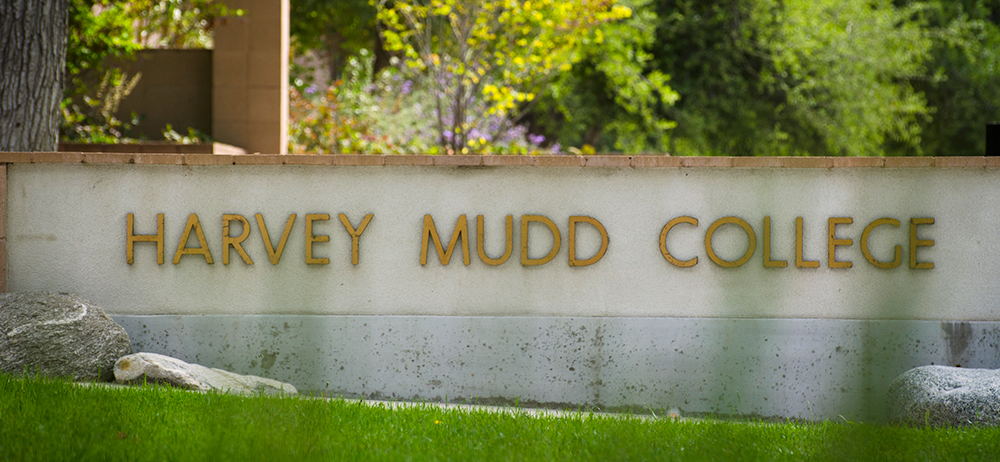Quantum Entanglement Confirmed With Light From Distant Quasars
August 22, 2018
The measurement of one photon of an entangled pair has an instant influence on the measurement result of the other one. This is why, in the quest to understand whether or not quantum entanglement can be explained by classical physics, decisions about which measurements to take must be made completely independently, such that they cannot be influenced by a common cause.
In a new experiment, Harvey Mudd College researchers and others used the fluctuations of the color of the light from two quasars to determine which polarization is measured on each entangled photon separately. Because the quasar light originated at least 7.8 billion years ago, the results confirm predictions of quantum mechanics, at least for most of the known universe.
Harvey Mudd physics professor Jason Gallicchio, Calvin Leung ’17 and Beili (Nora) Hu ’19 have published a paper describing a new test of quantum entanglement using photons from distant astronomical objects. Working as part of quantum physicist Anton Zeilinger’s group at the Austrian Academy of Sciences and the University of Vienna, Gallicchio, Leung and Hu ran their successful experiment using two of the world’s largest telescopes, on the Canary Island of La Palma. The scientists report about the experiment and their results in “Cosmic Bell test using random measurement settings from high-redshift quasars,” published in Physical Review Letters.
“This is the first time that light traveling to us from nearly the edge of the known universe has been used in a quantum experiment,” says Zeilinger, a professor at the Institute for Quantum Optics and Quantum Information (IQOQI) at the University of Vienna and the president of the Austrian Academy of Sciences. “The results on the entangled photons confirmed the predictions of quantum mechanics. This is also very important for quantum technologies, because uninfluenced measurements on entangled states are important for a definitive proof of the security of various quantum procedures.”
Harvey Mudd students played key roles in the successful findings.
“Calvin’s part of the contribution was to construct an instrument that would be the source of entangled photons at the heart of the experiment,” says Gallicchio. Calvin Leung, a former Astronaut Scholar and 2017 American Physical Society LeRoy Apker Award recipient, graduated from Harvey Mudd with a degree in mathematics and physics. “He and several other experts on entangled photon sources carefully tuned the instrument by adjusting mirrors and polarizers inside it until everything was aligned. They were able to produce quite pure entangled photons, which made the experimental results quite powerful.”
Hu, a Harvey Mudd physics major and Gallicchio’s thesis student, helped Gallicchio search through databases of millions of quasars—trillions of possible pairs—to find those with the right combination of distance, brightness and alignment with each other and with the telescopes during a two-hour window.
“We simulated the entire experiment in advance,” Gallicchio says, “taking into account the rotating Earth and the atmosphere absorbing different amounts of light depending on how high the quasars were. At the last minute, we were able to enter numbers on the purity of Calvin’s source and the current atmospheric conditions and predict how long it would take to accumulate enough data to make a statistically significant conclusion with different pairs of quasars. It was important that we got the predictions right, because we wanted to look at the most distant quasars possible, but if we ended up spending our limited observing time on a pair of quasars that were too dim, we would not get enough data to publish the results. Our simulations ended up being more accurate than we expected.”
“When I proposed this experiment in 2013, I didn’t know if we’d ever be able to convince two different groups to let us use their large telescopes at the same time,” Gallicchio says. “This worked better than expected. If there is some purely local explanation behind the quantum weirdness, we now confined its origin to a small corner of the early universe—to only 4 percent of the available space and time.”
